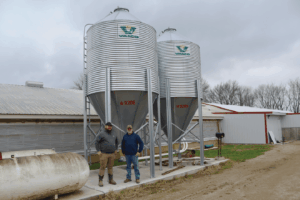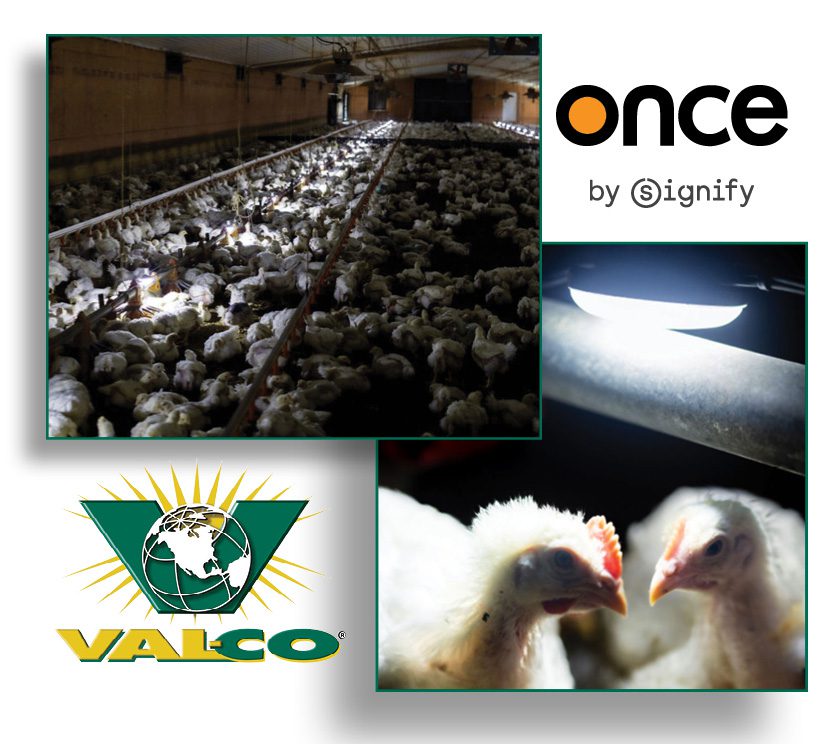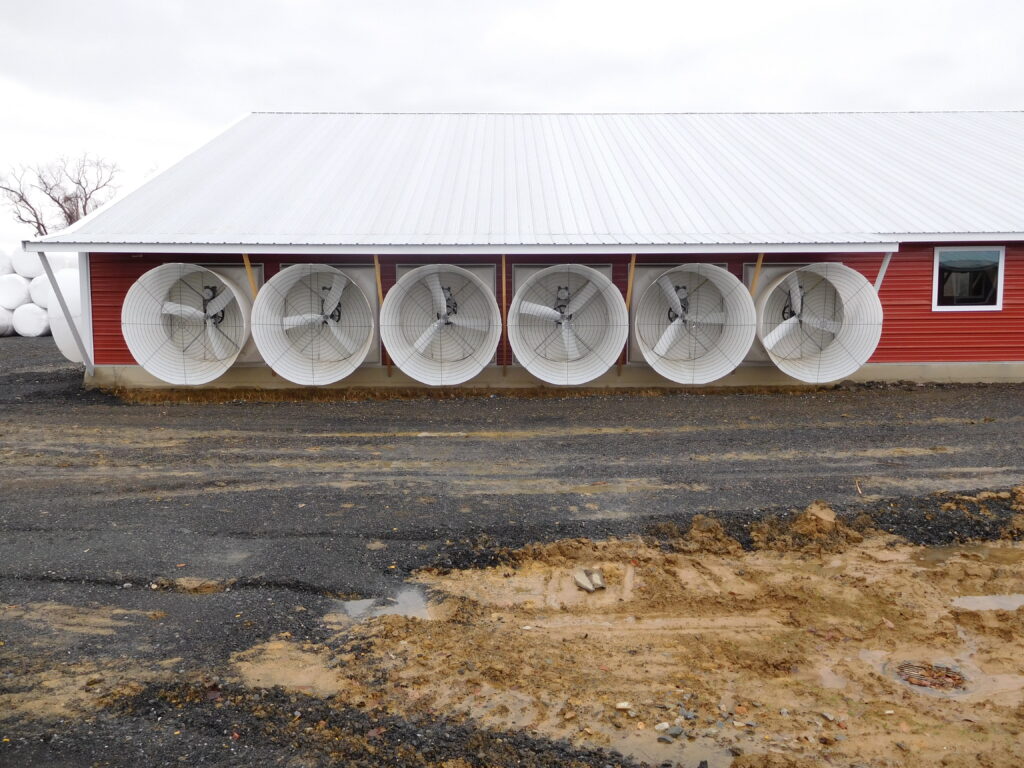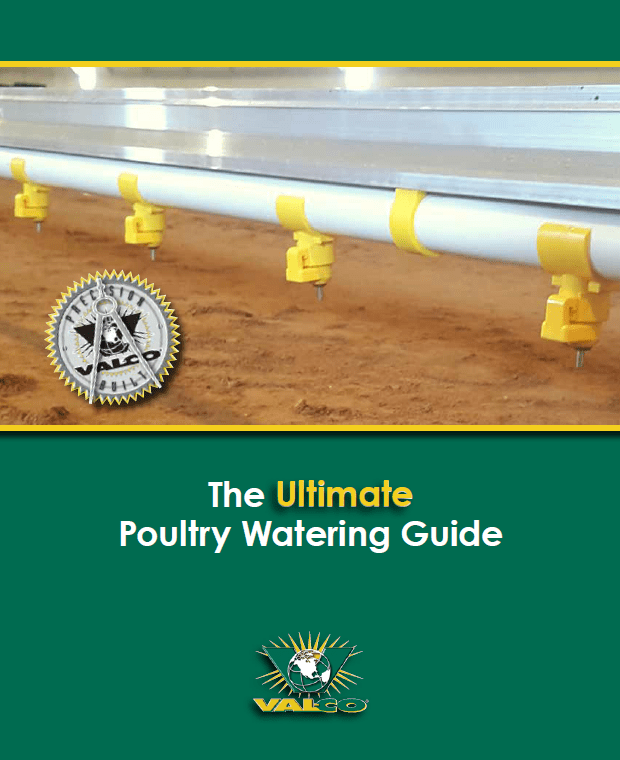From the late 1980s onward, Mark’s father and brothers started a legacy of family farming, and they haven’t given it up yet. Somewhere in the windy plains of Iowa, Mark and his three brothers own and operate a menagerie of swine barns that they have collected over the years. Around ten houses in total are operational at any given time, all growing for Smithfield and housing finishing hogs.
Mark has been in the industry so long that he has had a front row seat to the innovations of the industry. He started out using the Ventium controllers and was so well versed in their function that he was the on-call, go-to guy when anyone in the area had an issue with one. Today, he uses the Ventra XT, a great grandchild of the Ventium control. “I just love the XT. It has the same brain as the Ventium it’s easy to navigate and works great with ventilating natural barns.”
 He’s also seen several generations of the VAL-CO Chimney, with the only issue ever being that bird nets were originally installed wrong by the dealer. A simple fix, sure enough. He’s seen the fans perform for many years, and rarely has had to change out motors due to a failure, they were simply old and losing power. And bulk bins have been pretty standard over the years, but small tweaks make all the difference between clean dry feed and a clumpy mess.
He’s also seen several generations of the VAL-CO Chimney, with the only issue ever being that bird nets were originally installed wrong by the dealer. A simple fix, sure enough. He’s seen the fans perform for many years, and rarely has had to change out motors due to a failure, they were simply old and losing power. And bulk bins have been pretty standard over the years, but small tweaks make all the difference between clean dry feed and a clumpy mess.
Mark has seen every kind of farm design out there. Mark has observed pigs and their preferences and noticed that many prefer partial slats because they can get dirty, and pigs love being dirty. But he prefers full slat houses, because the floors are cleaner, the pigs are cleaner, and the barn is easier to clean at the end of a rotation. He’s made similar comparisons about ventilation schemes. Tunnel ventilated houses have less fluctuation in temperature, especially in the worst of winter. The pigs in the naturally ventilated houses are healthier overall, though, and seem happier and less stressed. “There is good in every barn, bad in every barn; good in every ventilation set up, and bad in every ventilation set up. Really, it comes down to maintenance.”
The biggest change he has seen in the industry is the focus on biosecurity practices. Smithfield introduced wash-in wash-out on all of their facilities and required design changes to improve the flow of pigs through the house and traffic on the farm. “Those changes for biosecurity were really expensive, and they can be frustrating to wash in and out every day, but it has made moving pigs in and out of the farm really simple and removed some of the stress from sorting and selling.”
In addition to raising pigs, he and his three brothers also farm 250 acres of row crops. His favorite thing about raising pigs? “It’s farming. I thought I wanted to be an office guy. I went to college for accounting, but I kept coming back to farming. I came back to help Dad plant crops. I came back to help move pigs. And when I was ready to come home to stay, we found an acreage, built some more pig barns, and the rest is history.”




